Sustainability in real estate, primarily commercial real estate (CRE), has shifted from a secondary consideration to a critical business strategy. With rising energy costs, regulatory pressures, and increasing tenant demand for green spaces, CRE firms are leveraging financial incentives to adopt energy-efficient solutions that boost profitability while reducing operational risks.
Financial Benefits of Sustainability Investments
CRE firms are capitalizing on substantial financial incentives to make sustainability investments more viable. The Inflation Reduction Act (IRA) offers a 30% investment tax credit (ITC) for solar power installations and battery storage solutions, with additional bonus credits for meeting domestic manufacturing standards. For instance, a 200 kW solar system that costs $400,000 could qualify for a $160,000 tax credit. Expanding such projects across multiple properties could yield millions in incentives, making sustainability an attractive financial strategy.
Beyond tax credits, sustainability measures provide long-term cost savings. According to studies, green building designs can lower operational costs by up to 40%. Reduced energy expenses free up capital for expansion and new projects, strengthening a firm’s financial position.
Addressing Implementation Challenges
While sustainability investments offer significant returns, CRE firms must navigate several challenges. High upfront costs, complex utility interconnection processes, and a shortage of specialized contractors can impact project timelines and profitability.
Many firms are adopting a phased approach, starting with small-scale pilot projects to build expertise before implementing energy-efficient solutions portfolio-wide. This strategy helps mitigate risks while allowing firms to take full advantage of available financial incentives.
Competitive and Risk Management Advantages
Beyond cost savings, sustainability initiatives help CRE firms mitigate risks associated with climate change. Extreme weather events are increasing energy demands, and energy-efficient buildings can better withstand disruptions, reducing long-term maintenance costs and insurance liabilities.
Moreover, sustainability enhances a property’s marketability and long-term value. Studies show that green-certified buildings command higher rents, experience lower vacancy rates, and attract more investment. According to a CBRE survey, 70% of investors consider environmental, social, and governance (ESG) criteria when making real estate decisions. Tenants are also willing to pay more for sustainable spaces, reinforcing the financial advantages of sustainability in commercial real estate.
The Future of Sustainability in CRE
Sustainability is no longer just an environmental responsibility but a financial and strategic necessity. With generous tax incentives, reduced operational costs, and increasing market demand for energy-efficient buildings, CRE firms that prioritize sustainability will gain a competitive edge. By strategically leveraging available financial incentives, firms can boost profitability, reduce risks, and future-proof their investments in an evolving real estate landscape.
Click here to read the full article, originally published February 14, 2025, by Fast Company.



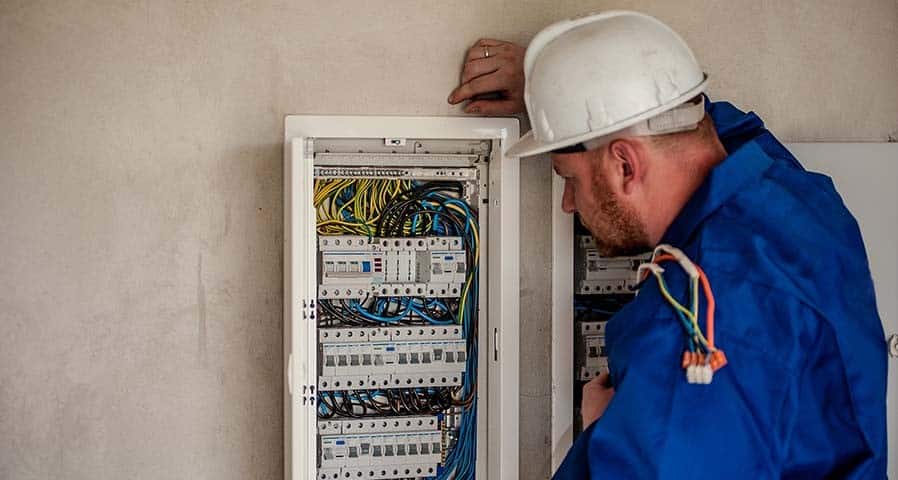
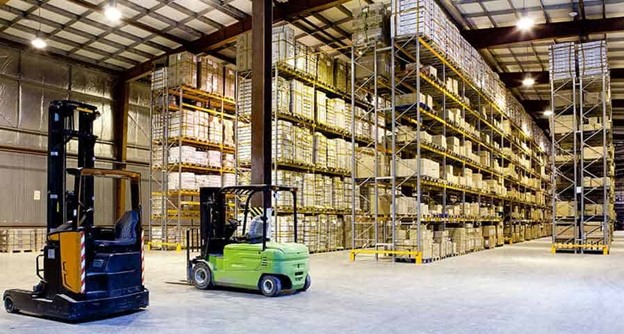
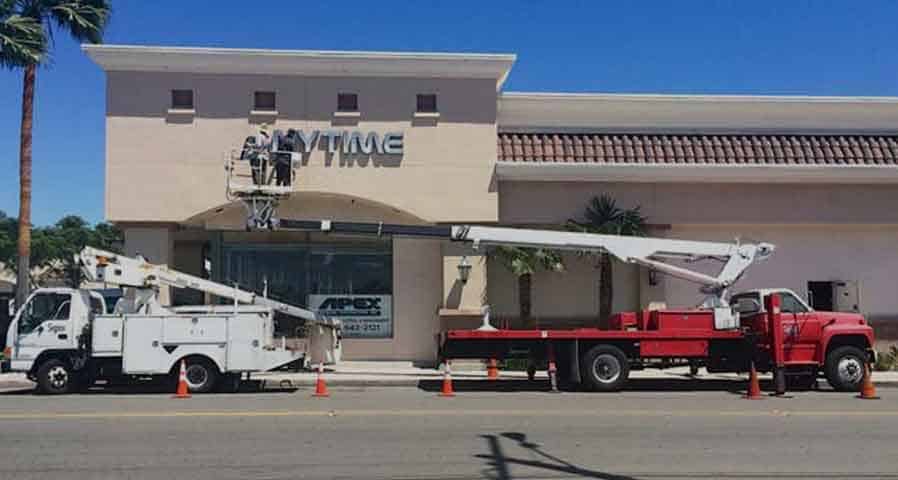

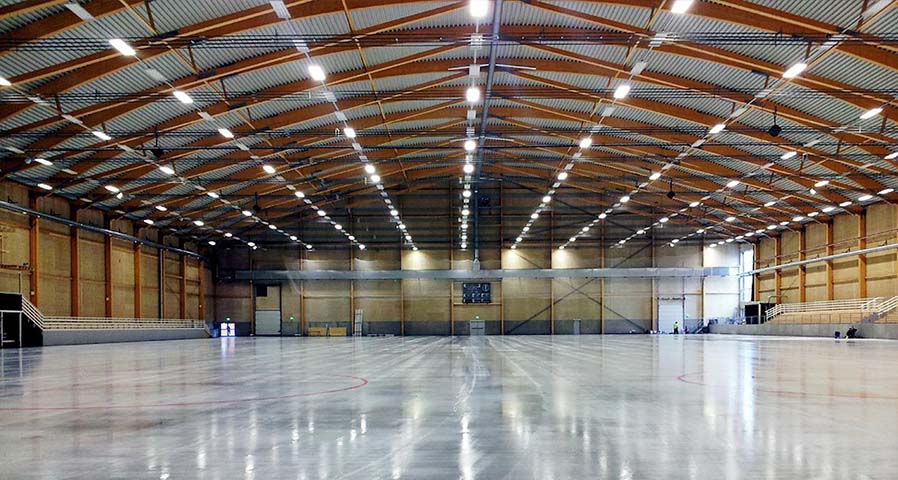








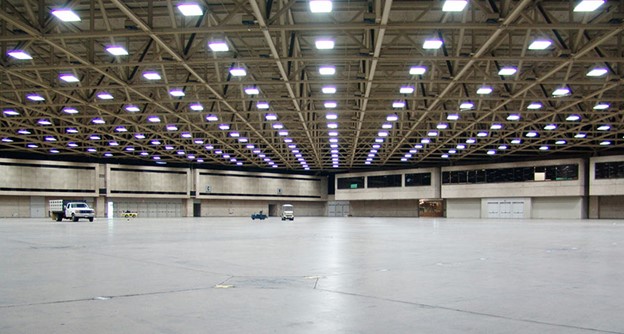
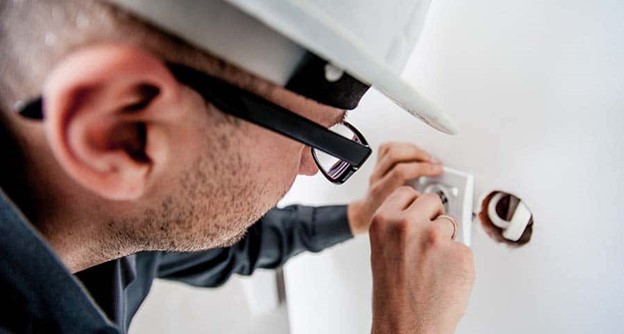

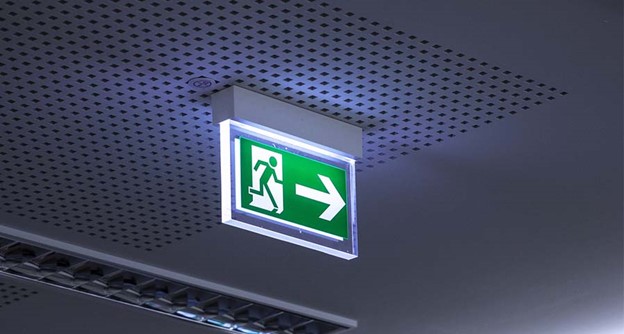

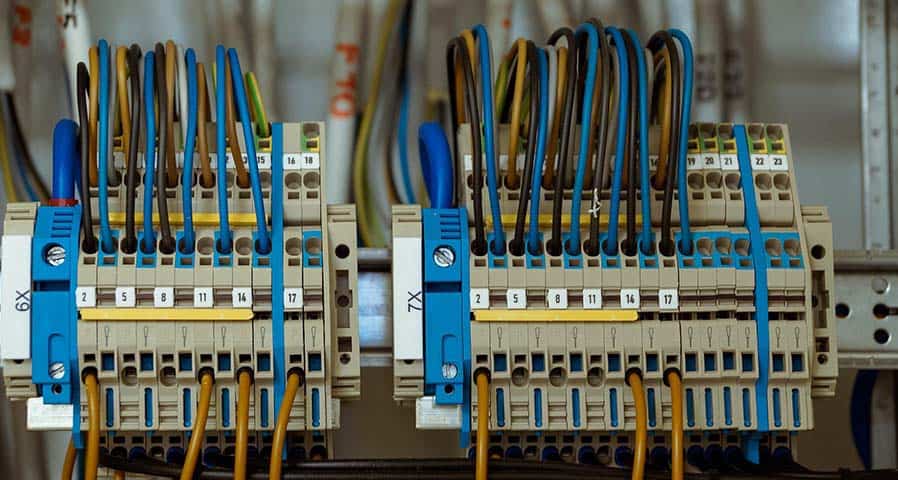

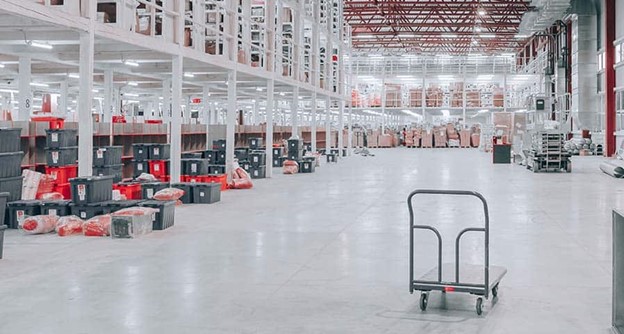

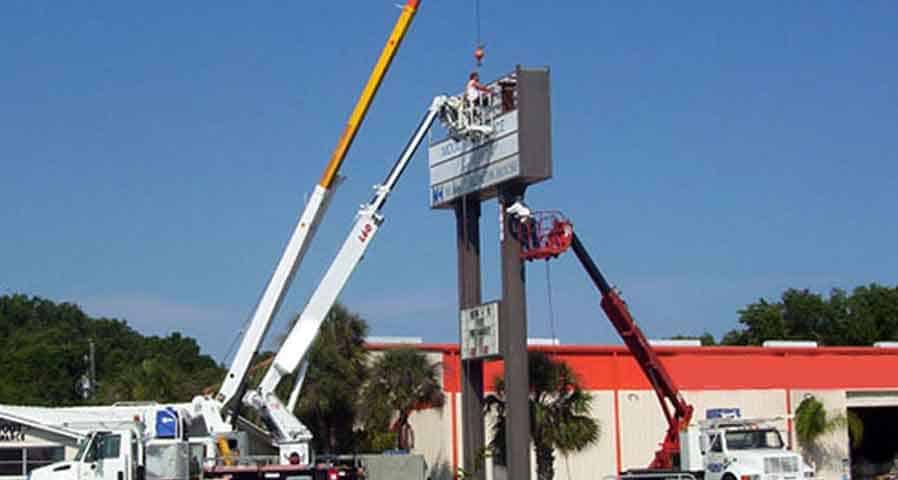

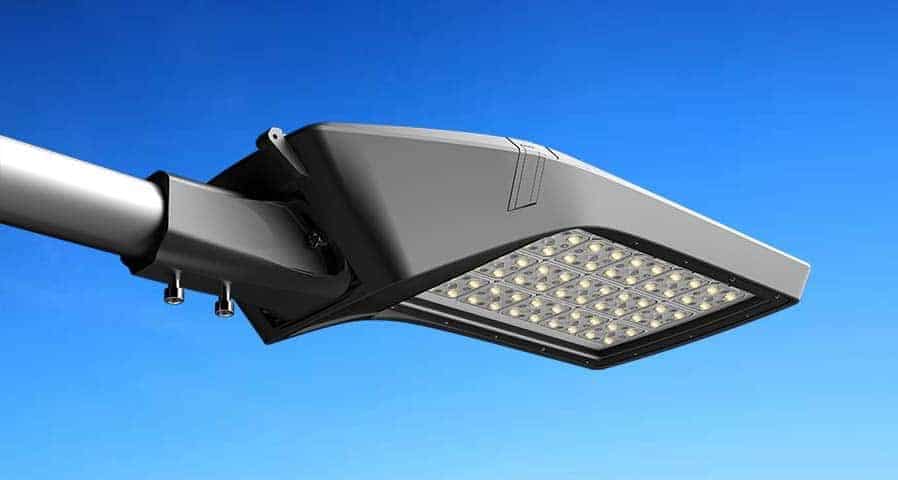

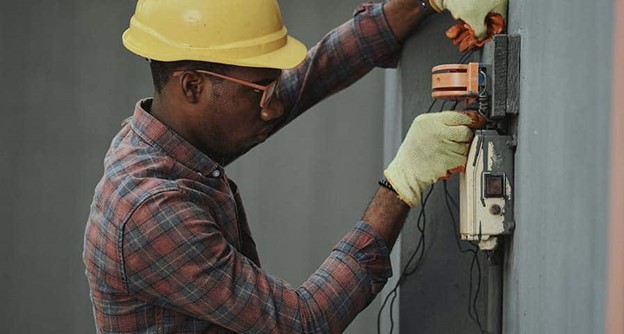
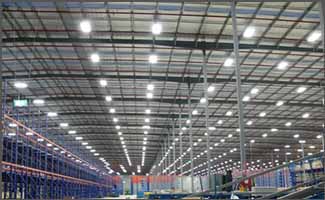





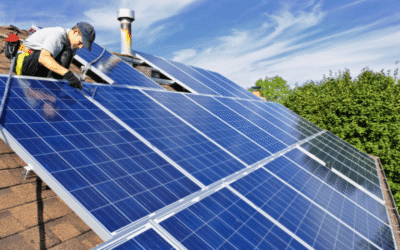
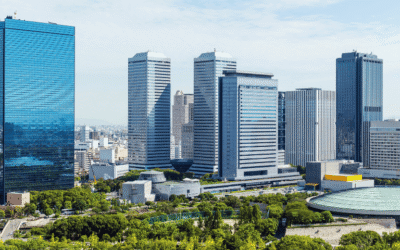

0 Comments